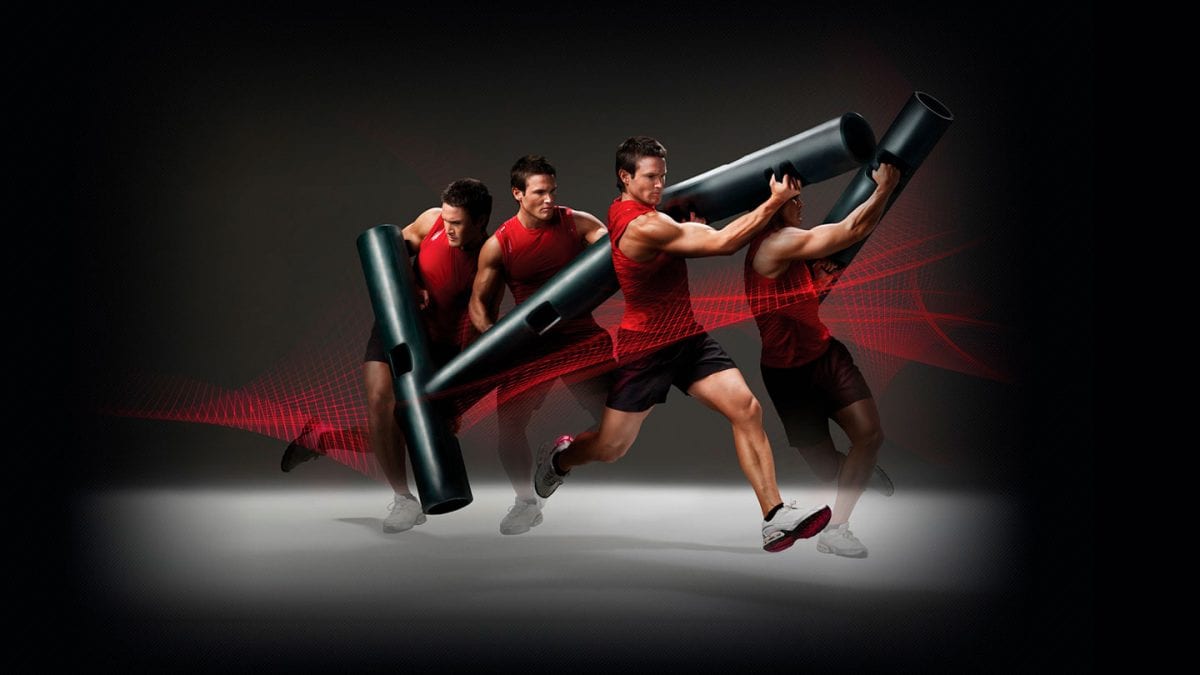Have you been to the gym lately and noticed, sitting in the corner, one or multiple different sized cylindrical tubes with handles and wondered ‘what do you do with that?!’. The ViPR is a relatively new tool developed to foster purposeful motion and to blend strength training with functional movement training. It was invented by Michol Dalcourt, a graduate in Exercise Science at the University of Alberta and the Director of Institute of Motion (a global leader in the fitness industry for mentoring health coaches).
What is ViPR?
ViPR is an acronym for Vitality (a renewed sense of energy, movement possibility and overall wellness), Performance (performing at the highest level possible) and Reconditioning (regaining the power to move effectively and efficiently). ViPRs range in weight from the newly released child-sized 2 kg version right up to 26 kg!
How is the ViPR different from traditional strength training?
The concept of ViPR is to train the body in a 3D approach (which is how we live!) and promotes whole-body integration: training the muscles, bones, fascia, nerves, and connective tissue as an integrated system. Traditionally, people are often seen in the gym only targeting the muscles in an isolated matter by performing single-joint exercises (e.g. bicep curl). The ViPR, on the other hand, allows you to execute fundamental movement patterns (squatting, lunging, pushing, pulling, and twisting) while incorporating multi-directional movements with resistance. What does this actually mean? The ViPR challenges you to coordinate proper timing with the rhythmic movement of your body through space, with a blend of lifting, shifting, and twisting – movements we experience every day from life’s demands and in sport.
Why was the ViPR invented?
Dalcourt previously trained professional hockey players and recognized that the athletes who were winning the individual battles on the ice and demonstrated the highest combined levels of strength, speed, balance, stability, power and flexibility were not the athletes training in the gym in the traditional sense (i.e. chest on day 1, back on day 2, etc.,), but the farm kids who had rarely stepped inside of a gym! The farm provided the best off-ice conditioning environment: daily chores such as throwing hay bales, moving cattle between fields, digging a hole or two, and dragging heavy objects around were movements which naturally integrated their entire body to get the job done. The intention of the ViPR is to allow these day-to-day physical movements to be re-recreated in the training environment, whether it be for youth, recreational to elite level athletes, or every day and older adult fitness.
The ViPR is a fantastic tool for personal trainers and strength conditioning coaches to employ within their programming for individuals of all ages and skill levels. It is intended to be lifted, shifted, thrown, rolled, dragged, carried, tilted, and flipped, thus adding greater variety into the training repertoire and acting as a means to truly bridge the gap between strength training and functional movement training. However, there is always a time and place for the basics – proper technique is of utmost importance and other modalities of training (dumbbells, kettlebells, Olympic lifting, TRX suspension training, Bosu balance training, etc.,) all have their own merits as well. Every trainer should have a ‘toolbox’ filled with different training tools, where each ‘tool’ can serve a particular purpose and can be utilized to fulfill a specific training task, act to modify an existing exercise, or to assist in skill acquisition. A skilled trainer will know when and how to incorporate the ViPR into your training program to help you reach your specific goals.
Author Bio:
Nicole Lark is a global ambassador for ViPR (23 worldwide) and owner of Breathe Fitness










